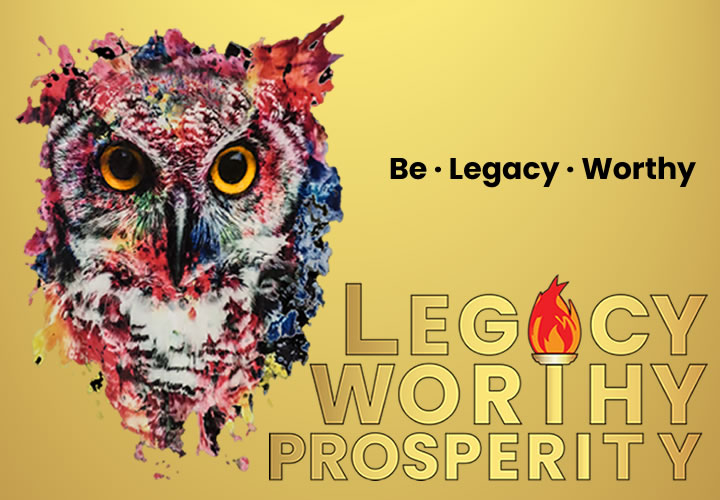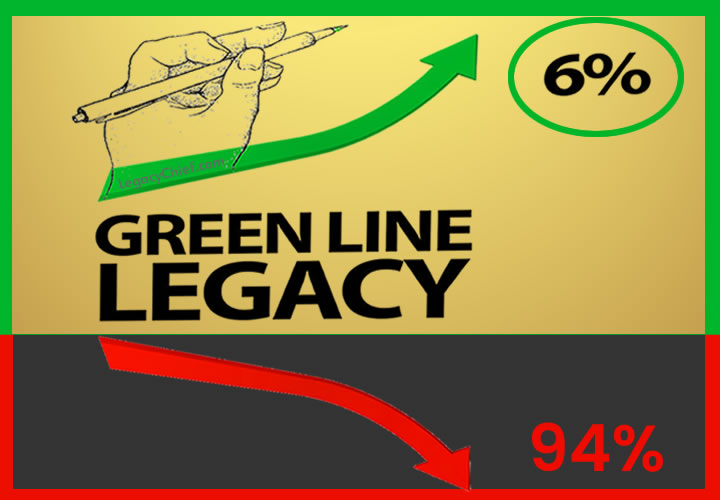The NEW Carrot and Stick Approach

The NEW Carrot and Stick Approach
Carrot and Stick Approach (also “carrot or stick approach”) defined in Wikipedia is an idiom that refers to a policy of offering a combination of rewards and punishment to induce behavior. It is named in reference to a cart driver dangling a carrot in front of a mule and holding a stick behind it. The mule would move towards the carrot because it wants the reward of food, while also moving away from the stick behind it, since it does not want the punishment of pain, thus drawing the cart.
Supported by the fact that the mule cannot move away from the stick, and that using a carrot and a stick simultaneously is redundant, some claim that this usage of phrase is erroneous, and that it in fact comes from the figure of a carrot on a stick. In this case, the driver would tie a carrot on a string to a long stick and dangle it in front of the donkey, just out of its reach. As the donkey moved forward to get the carrot, it pulled the cart and the driver so that the carrot would always remain out of reach.
The earliest citation of this expression recorded by the Supplement to the Oxford English Dictionary is to The Economist magazine in the December 11, 1948, issue.
The NEW Carrot and Stick Approach:
Pain Point (Stick) and Gain Point (Carrot)
Marketers put prospective customers into the situation of their current pain point and agitate it and then show them were they would rather be.
|
Pain Point |
GAP |
Gain Point |
|
Where they are Now |
Close the Gap |
Where They Want To Be |
Marketers focus on getting prospective customers to see their point of view by having them imagine what they can do with a product and how they see themselves using it.
Only if where they are currently is painful enough will they take action. Aggravating the problem by uncovering deeper issues can make it more painful. It is less of a punishment (i.e. stick) and more of a state of discomfort. Just how uncomfortable is motivates the prospect to make a change to their current state. The pain point must be great for them to take action.
Obviously the “gap” identifies solutions and marketers highlight the product they are promoting as the best solution to relieve the pain.
The gain point is what people want and where they want their life to be.
The example below is for a coach or highly paid advisor identifying the Pain Point, Closing The Gap, and Highlighting the Gains.
|
Pain Point |
GAP |
Gain Point |
|
Where they are Now Their Issues (Spoken or Silent) Highlight Their Problems · I’m just like you · I feel your pain · You’ve done A,B,C… and nothing works · Relate to and state why they aren’t where they want to be financially, mentally, emotionally, spiritually · It’s not your fault; say why |
Close the Gap Your Product or Service is the SOLUTION Identify with Them · How I changed your life · This is how I figured it out · Here’s what you could have one day · I was sick of trading hours for dollars, being poor · I was sick of being sick · I was sick of being lonely · I want to share this with you and save you time and help make your money, be healthy, happy, fulfilled
|
Where They Want To Be Your Product/ Service provides the way to the RESULT · Get to where they want to be financially, mentally, emotionally, spiritually · To be wealthy · To be good looking · To be healthy · To be popular, or part of a group, to be superior · To have security and shelter (to care for and protect loved ones) · To achieve inner peace · To have free time · To have fun and pleasure · To avoid pain (emotional, mental, financial) (be out of danger, not feel dumb) · To have food and water and basics of living
|
As a coach and a leader, people will follow you to the end of the earth if you:
· Support and encourage their dreams
· Tell them it’s going to be okay (calm their fears)
· Confirm their suspicions and offer alternatives
· Have a common enemy (and then throw rocks at them)
· Justify their failure (it’s not your fault)
The idea of Pain Point refers to the tipping point of discomfort that precedes taking action to get to the desired Gain Point. You close the gap with the solution you are offering. Mentally take your prospective customers from their pain point to the gain point. Forget the carrot and stick.
#LikesUP for Gain Points




